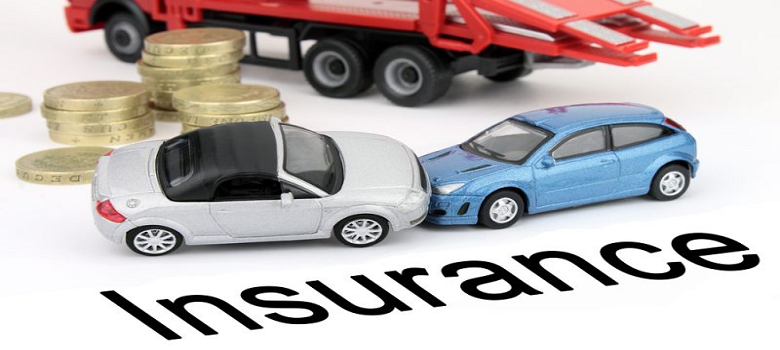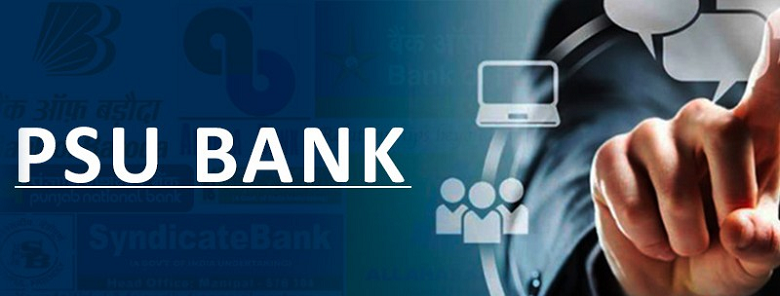People often sell their bike if they want to purchase a new model or go for a spacious car. Several life events can lead to this decision. Example – promotion, marriage, shifting cities, etc. However, parting ways with your old companion is never easy. After all, riders have an emotional bond with their bikes.

Having said that, practicality soon scores over the emotional aspect and the bike is sold to someone. But, what many people don’t know is that selling your bike and taking money for it is not the end of the road as far as the transfer process is concerned. You also need to transfer the ownership and insurance documents.
Do not procrastinate and complete this process as soon as possible. Also, do not think that it is not your responsibility to transfer documents, it is a shared responsibility between the buyer and the seller, and is beneficial for both. Read ahead to know why and how to go about those processes.
Transferring 2-Wheeler Ownership
We live in a world where things need to be legally documented. Thus, you need to transfer the ownership of your bike to comply with legal requirements. In order to do so, you will need the following documents.
- Bike’s registration certificate
- Taxation certificate
- Insurance policy
- Transfer of ownership form [Form 28]
- No Objection Certificate [Form 29]
- Transfer Application [Form 30]
The last three forms can usually be downloaded from your respective Regional Transport Office’s [RTO] website. You can also visit your nearest RTO branch to get the forms. Once this process is complete, you will formally part ways with your old bike.
Transferring 2 Wheeler Insurance
It is necessary to transfer 2 wheeler insurance in the buyer’s name to stay free of any legal liabilities arising out of the sold vehicle and to keep your No Claim Bonus active. While selling your bike, it might already be covered under a bike insurance policy. Since a bike insurance policy is for the bike and not just for the owner, it needs to be transferred in the new buyer’s name. Otherwise, the ownership documents [after transfer] will show the new buyer’s name but the insurance policy will have your name, leading to a legal issue in case of any unfortunate event involving the bike.
Unlike bike insurance, the No Claim Bonus offered by the insurer is for the owner and not for the bike. Thus, it will not be transferred with the bike but shall be retained by you. You can then coordinate with your new bike’s insurance provider to accommodate your previous No Claim Bonus while charging the insurance premium.
No Claim Bonus is a reward for not raising a claim during the policy period. It is a discount provided by the insurance company to you while you are about to renew your bike’s insurance policy. It increases every year for five years if you do not raise a claim during that five-year period. The discount can go up to 50%. Your No Claim Bonus is reset to zero if you raise a claim. After five years, it remains constant if there are no claims raised. Thus, do not miss out on this discount and ensure that you retain the No Claim Bonus while transferring your bike insurance policy in the new buyer’s name.
Two-wheeler Insurance Online
In case you are switching to a new model after selling your old bike, research a bit about new insurance companies in the market that offer convenient two-wheeler insurance policies at an affordable price. Nowadays, it has become extremely convenient to purchase two-wheeler insurance online. You do not have to visit the insurance company’s branch office and fill forms to avail an insurance policy for your two-wheeler. This might be a good time to switch your two-wheeler insurance provider.








